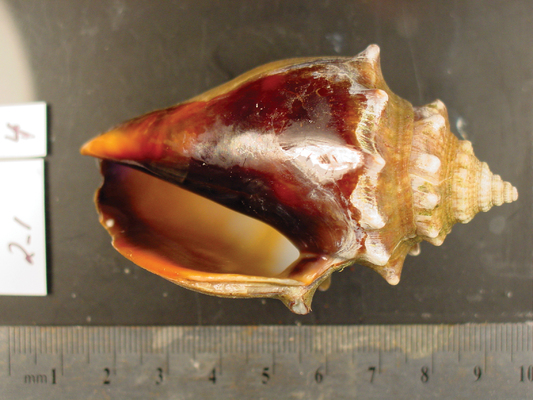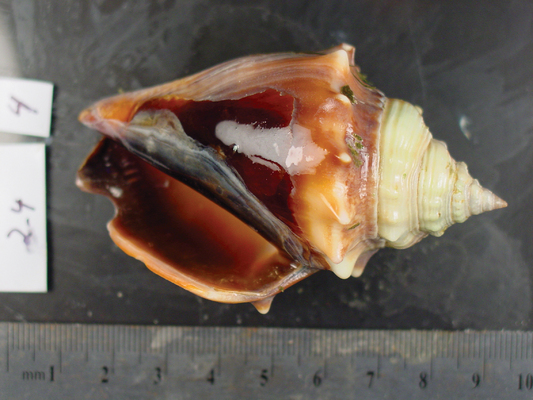|
Shell Shocked: How Different Creatures Deal With an Acidifying Ocean
To survive in the ocean, soft-bodied organisms must possess one of five traits: big teeth, toxic flesh, invisibility,
quickness or a hard shell. Most marine organisms that employ the latter, called calcifiers, build their hard shells from the
mineral calcium carbonate. However, increasing atmospheric carbon dioxide levels are making the oceans more acidic —
which, in turn, is reducing the concentration of carbonate ions dissolved in seawater that organisms use to build their protective
shells and skeletons. Calcifying marine organisms — such as clams, crabs, corals and conchs — may soon find themselves
short on building material.
However, a recent set of experiments suggests that the ocean acidification story is more complex than first thought.
Whereas some marine calcifiers reared under the elevated carbon dioxide levels responded very negatively, not all of the organisms
suffered in the acidified seawater. Some, in fact, appeared to benefit from it.
Read More Here


|
